This was just one of those books. It’s the book that you see on multiple lists, New York Best Sellers, Amazon, Barnes and Noble. It’s the book that all your friends are reading. It’s the book you see in connection with all the other books you are reading. However, for some strange reason it just sits on your shelf. This book had been purchased and just rested on my “to be read” list for ages. It wasn’t that I wasn’t interested, it just kept getting pushed out of the way. I really enjoy fractured fairy tales, but I wasn’t overly familiar with the original Rumpelstiltskin story, so maybe that’s why I kept overlooking it. I finally got around to reading it and was so glad I did!
Why I Finished It:
The first sentence, “My mother named me after a cow’s rear end” sort of sets up the entire story! This quick humor is dispersed throughout the book and will surely put a smile on your face. I’m still not entirely knowledgeable about the original Rumpelstiltskin, but I thoroughly enjoyed this story. It’s a fairly easy read that is packed with adventure and an endearing main character. Rump is easily relatable even though many of the events in the story are magical. Once I realized I didn’t have to know the original story, I couldn’t put the story down.
Who I Would Give It To:
Honestly, this is a great upper elementary read. The story will engage the young and old, but the text is simple enough for upper elementary to read independently. This is a must for any fairy tale unit!
Integration Ideas:
Author’s Website and Characterization
How great is this author’s website? It has a special area for educators. This area has a quiz for students to take to see which character they are most similar to! How fun. Who are you? I am apparently Nothing, which made me question this quiz a little! This is a great opportunity to discuss characterization. Each character in this story had distinct personalities. Students could chart different events and what type of characterization was evident through their actions. If you are reading the story aloud, stop after a poignant moment for one of the characters. Have students visualize what was just read (they can just shut their eyes and imagine or do a quick sketch) and then have them discuss in groups a character trait that was shown through actions. Make sure they are using text evidence. Since this is really a hero’s journey, you could also use this graphic organizer from Read Write Think. The students could also do the online interactive character map here. On a side note, having the students make a quiz similar to the author’s quiz after reading a different novel is a great follow up activity that demonstrates knowledge of the characters!
Original Text
I was able to read the story with limited knowledge of the original fairy tale. At the end, the author provides a little bit more information about Rumpelstiltskin, but here is a link to the Brother’s Grimm story. Students could read this version before or after reading Rump and compare the two. Discuss how the author changed or altered the original story. Make a Venn Diagram foldable as seen on a previous post.
Theme
The idea of your name creating your destiny is woven throughout the story. Before even beginning this story, have students research their own name. Type your name into WolframAlpha’s computational knowledge engine to get some interesting statistics, and here are some other ideas from a previous post. Ask students if they feel their name will create their destiny or their name melds to their destiny. Check out this article on the topic. As students read, have them decide how Rump’s destiny is changing. Is his name in power or is it psychosomatic?
Fairy Tales
Take this time to discuss fairy tales. Here is a list of common attributes of fairy tales. Have students brainstorm what they already know about fairy tales to help create your own class list of fairy tale characteristics. As students read Rump have them provide text evidence when they see these characteristics. What makes this a fairy tale? Students should also look for the ‘magic helper’ and find evidence of ‘the rule of 3’.




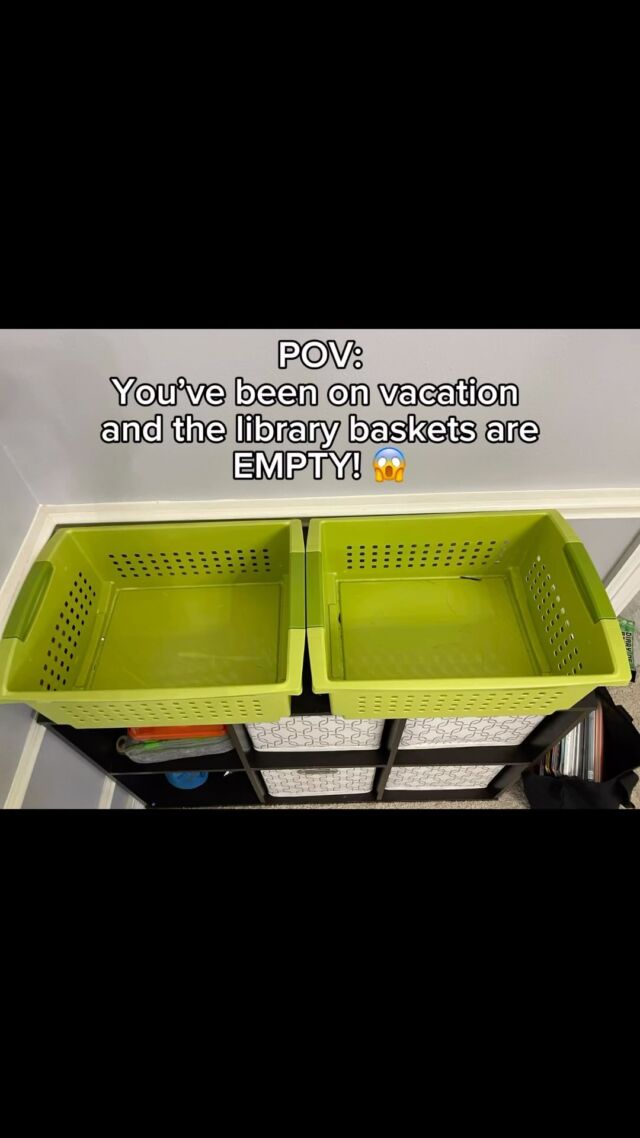
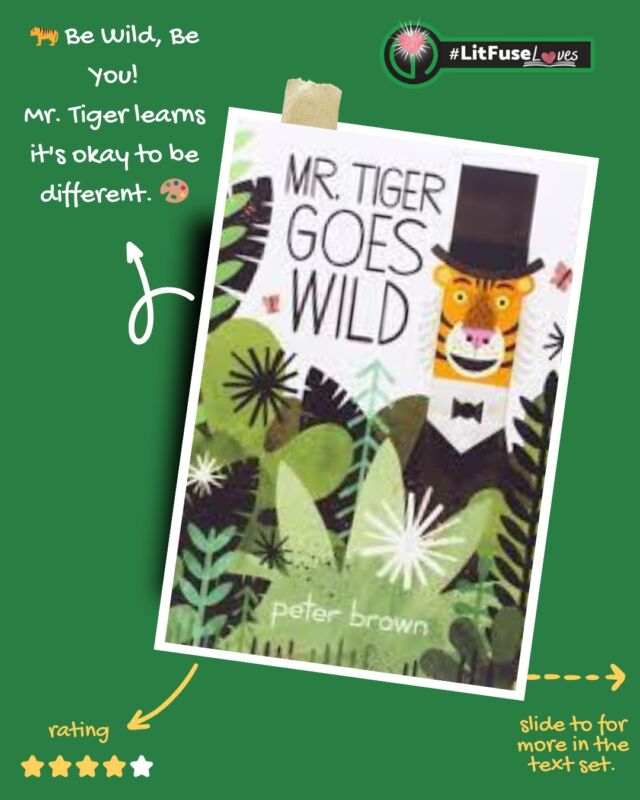
 Building Bridges: Creating a Text Set on Frie
Building Bridges: Creating a Text Set on Frie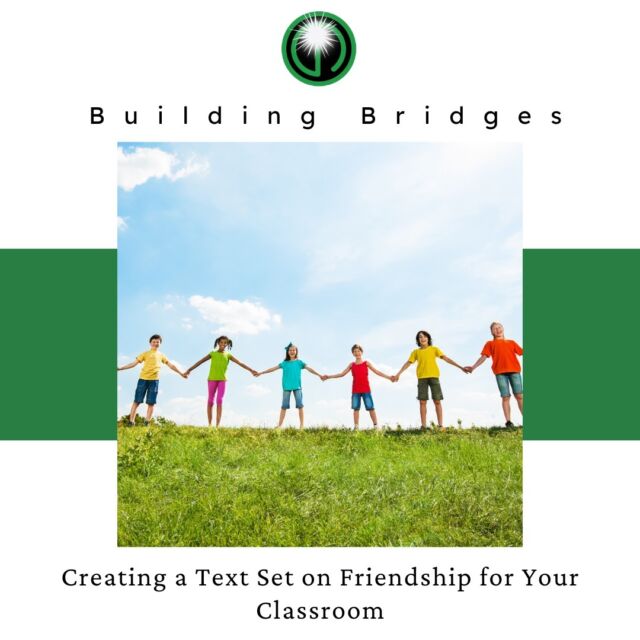
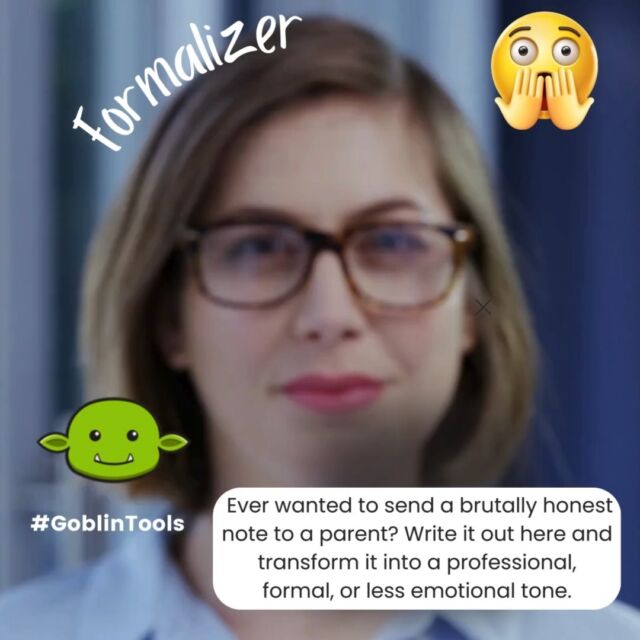
 Hey, amazing educators!
Hey, amazing educators! ![🌟 Hey, amazing educators! 🌟 Ready to kick off the school year with an engaging unit on rules and laws? 📚✨
We’ve picked some fantastic books to help your students understand why rules matter and how they shape our world. Check out these gems:
1️⃣ What If Everybody Did That? - Discover the hilarious and important reasons why rules matter.
2️⃣ Seven Rules You Absolutely Must Not Break If You Want to Survive the Cafeteria - Navigate the cafeteria with essential do's and don'ts.
3️⃣ A Bike Like Sergio's - Explore honesty and making the right choices.
4️⃣ Chairs on Strike - Learn about respecting classroom rules in a fun way.
5️⃣ Do Unto Otters: A Book About Manners - Embrace the Golden Rule with our otter friends.
🌟 Want more hands-on activities, vocabulary tips, and detailed descriptions of these books? Head over to our blog post for the full text set and loads of interactive teaching ideas! 🌟 [Link in bio]
💬 We’d love to hear your thoughts! Drop a comment below with your favorite book or share your own ideas on teaching rules and laws. Don’t forget to like and share this post with your fellow educators! Let’s make learning fun and meaningful together! 💖📖
#LiteracyAndLearning #RulesAndLaws #ElementaryEducation #BookRecommendations #ClassroomTips #EngagingLearning #StudentSuccess #TeacherResources](https://literaryfusions.com/wp-content/uploads/sb-instagram-feed-images/448980028_389914004085978_6215087207340322911_nfull.jpg)
 Exciting Book Review Alert!
Exciting Book Review Alert! ![📚 Exciting Book Review Alert! 📚
Hey there, book lovers and educators! 👋 We're thrilled to share a captivating book review that has us buzzing with inspiration. 🤩📖
📖 Book: "The Girl in the Red Skirt" by Lucy Cooley
📝 Review: [Link in Bio]
🌟 Rating: ⭐⭐⭐⭐⭐
In our pursuit of enhancing literacy and technology best practices in classrooms, we're always on the lookout for stories that ignite a love for reading and learning. "The Girl in the Red Skirt" is a must-read that masterfully combines the art of storytelling with an enchanting narrative.
📚 Review Highlights:
🔥 Gripping narrative that keeps you turning pages
🧠 Thought-provoking themes perfect for classroom discussions
💡 High level vocabulary
🙌 Empowering young minds through literacy
Swipe to catch a glimpse of the review or click the link in our bio to dive deeper into this literary gem. 📲💫
Educators, if you're looking for engaging material to inspire your students, this book is a fantastic addition to your reading list. 📚🍎
Let's transform the future of education together! 💡 If you're interested in our education consultancy services, feel free to reach out. We're here to help schools create enriching learning environments. 🏫👩🏫👨🏫
#LiteracyMatters #TechnologyInEducation #BookReview #EducationConsultants #ClassroomInnovation #TheGirlInTheRedSkirt #InspireLearning #ReadAndGrow #EducationForTheFuture](https://literaryfusions.com/wp-content/uploads/sb-instagram-feed-images/382394110_283049717946553_1109139895454642258_nfull.jpg)
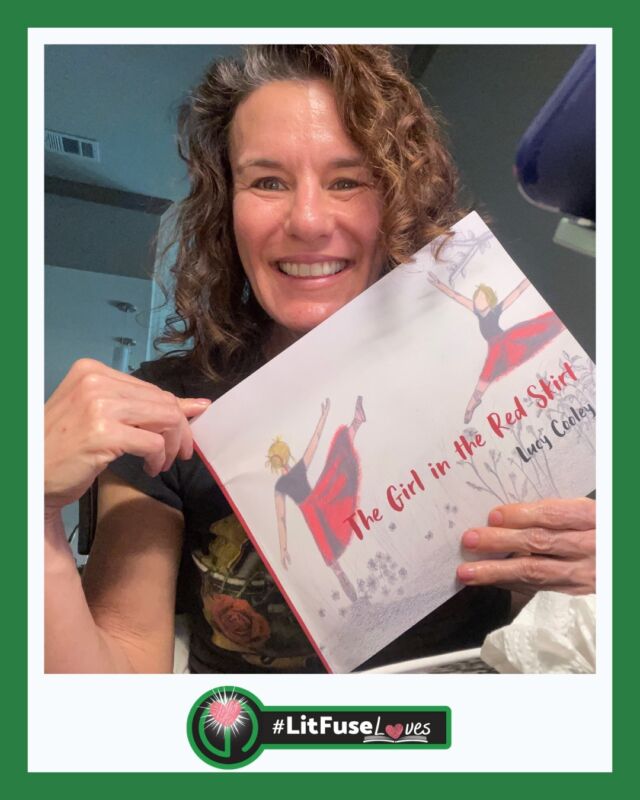

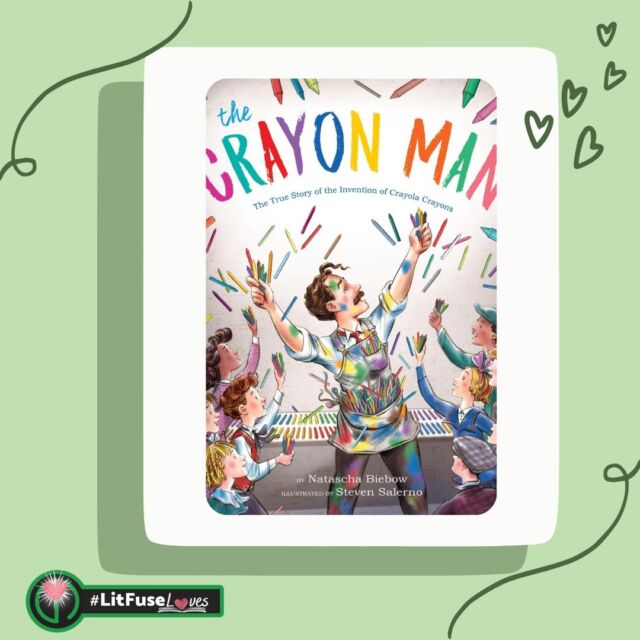

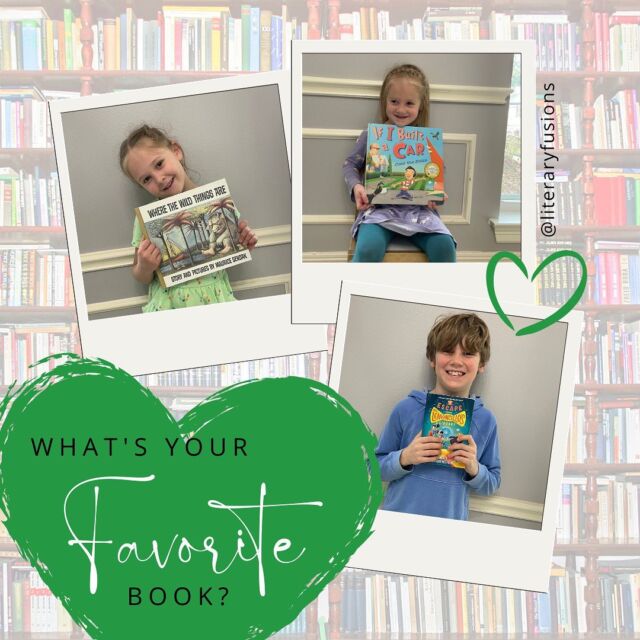



I am a teacher and came across “Rump” two years ago. I have used it as a read aloud to 5th and 4th graders and they all loved it. We talk about foreshadowing and make predictions and they love to “find” the hints related to other fairy tales. At the end they take the quiz and are very excited to see who they resemble. This year I am planning on using it again with my 3rd graders.
I love this book and also “Red” and recommend it to all my colleagues.
Thank you for the extra ideas. I just now saw Red at the bookstore! I will have to get my hands on that one!! At the moment my son is reading Rump and I love hearing him read and giggle.
Where did you get the “quiz” your students take to see whom they resemble?
Hi, Mandi. When you click on the Author’s website that is linked to our review, she gives you a few options at the bottom. One is to take a personality-like quiz. Here is the direct link: http://lieslshurtliff.com/wp-content/uploads/2014/05/Rump-Personality-Quiz.pdf
Let us know how you like it!